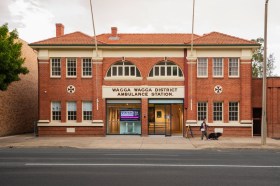Four-day work weeks are becoming increasingly common in Australia. Most recently, Medibank announced it would transition to a four-day week. Even schools are beginning to trial more flexible timetables. But could a four-day working week prove viable for artistic jobs?
Creative professionals are more likely to work outside of a standard nine-to-five, especially given nighttime and weekend events. This is part of the reason that the field is more prone to burnout or other adverse mental health issues.





